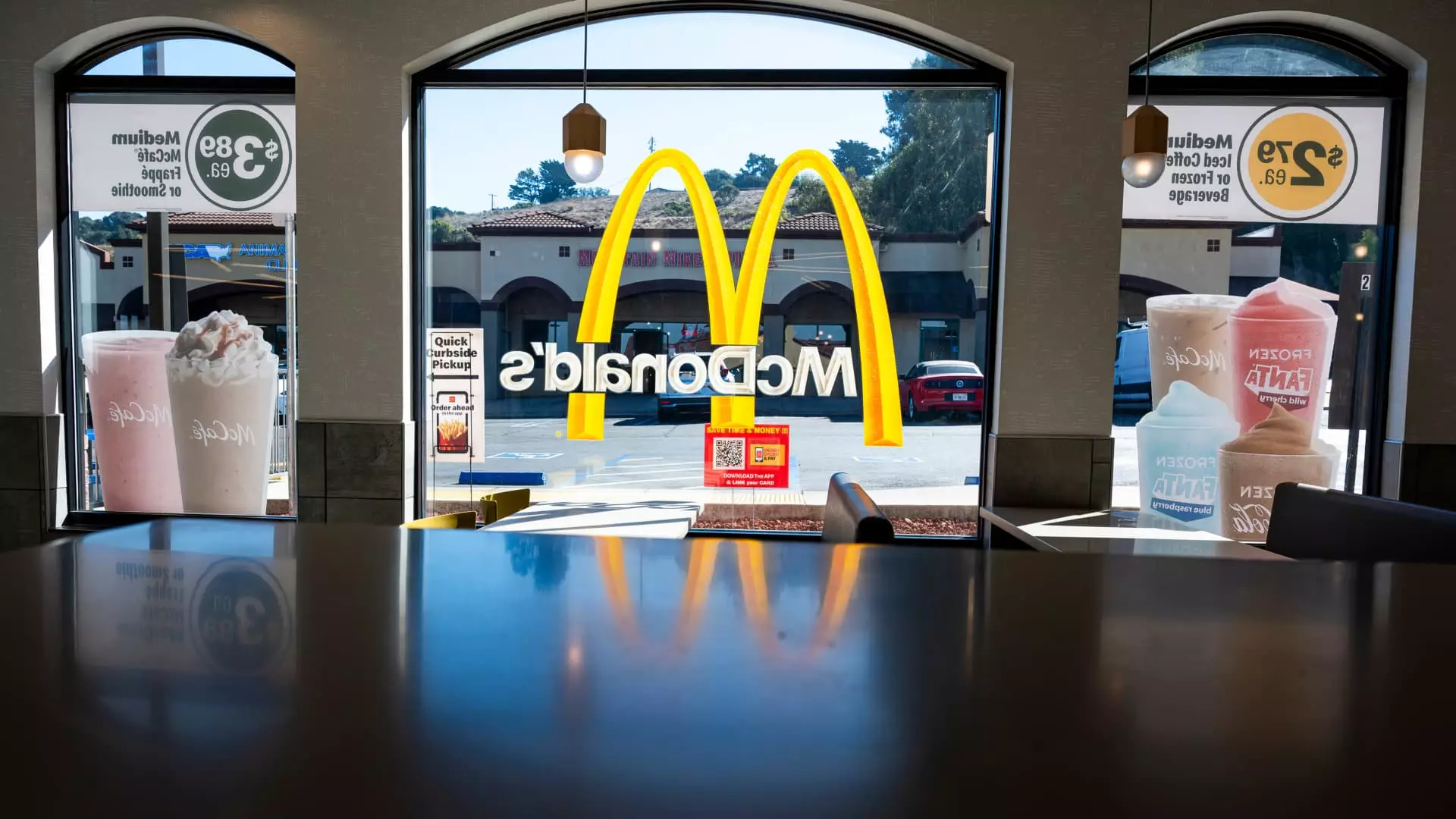The restaurant industry has always been a bellwether for consumer sentiment and economic health. As we dive into 2025, the landscape appears clouded by recent challenges, yet there are glimmers of hope on the horizon. From adverse weather conditions to changes in consumer habits, the journey forward will require agility and strategic foresight by restaurant executives and operators alike.
The Year Begins with Stormy Weather
The start of 2025 has not been smooth for the restaurant sector, with an array of external factors affecting traffic and sales. Wildfires in Los Angeles, juxtaposed with plummeting temperatures across the nation, have hindered consumer foot traffic. Additionally, the unease surrounding recent political developments has contributed to a cautious approach among diners. This complex mix of factors has led to significant challenges, as noted by industry leaders like Wendy’s CFO, Kenneth Cook, who reported “traffic headwinds” exacerbated by these events.
Despite these adversities, some chains, such as Burger King and Popeyes under the Restaurant Brands umbrella, have seen incremental recovery in their fourth-quarter sales, largely attributed to their value offerings. These deals have resonated with consumers who had previously opted for home cooking amid financial strain. However, as January approached, a pattern began to emerge: an overall industry slowdown coupled with varying degrees of optimism depending on individual company circumstances.
Consumer Sentiment and Spending Habits
The delicate balance of consumer confidence heavily impacts restaurant performance. Subway’s U.S. President, Doug Fry, articulated this sentiment well, emphasizing that consumers are reluctant to compromise on quality while seeking the best value for their expenditures. This cautious mindset is especially pronounced in the breakfast and lunch segments, where traffic has been reported to decline.
Further complicating the equation are inflationary pressures that have left consumers feeling the pinch. According to the Department of Labor, food prices away from home have surged by 3.4% year-over-year, contributing to consumer anxiety. Such conditions prompt diners to reconsider their discretionary spending, making the pursuit for the best value paramount in dining decisions.
Industry experts broadly anticipate that conditions will stabilize as 2025 unfolds, buoyed by easier year-over-year comparisons. While January experienced its trials—showing a mere 3.4% growth in fast-food net sales—previous months concluded on a stronger note, hinting at resiliency among established brands.
Chipotle, despite facing a 4% decrease in same-store traffic due in part to harsh weather and calendar shifts, holds cautious optimism. The company’s leadership is keenly aware of the need to ramp up promotions and innovate in the face of stiff competition and evolving consumer preferences. Their outlook for the second half of the year is more positive, although it remains clouded by uncertainties tied to economic trends and consumer behaviors.
Conversely, companies like McDonald’s are cautiously optimistic, continuing to project a steady recovery from setbacks, including an E. coli outbreak that previously weighed down their sales. McDonald’s CEO Chris Kempczinski expressed confidence that if conditions improve as anticipated, especially among lower-income consumers, they could capture greater market share relative to their rivals.
While some chains are starting to see the light at the end of the tunnel, others, like Starbucks, face a longer path to recovery. With same-store sales declining for four consecutive quarters, the iconic coffee purveyor has halted its sales forecasts for the year. Starbucks CFO Rachel Ruggeri acknowledged that while challenges loom large, there is hope for a turnaround in the back half of their fiscal year.
Starbucks’ current predicament embodies the broader challenges the industry faces. The evolving consumer landscape suggests that even well-established brands must adapt to retain their customer bases.
As the restaurant industry ventures further into 2025, it does so with a mix of challenges and opportunities. The volatile environment demands flexibility and responsiveness to shifting consumer preferences and economic realities. Although the journey may be fraught with uncertainties, the prospect for recovery is promising, driven by innovation, strategic pricing, and a firm focus on customer value. Industry leaders must remain vigilant and agile, ready to navigate through both the storms of market fluctuations and the shifting sands of consumer attitudes. Indeed, while 2025 may commence with challenges akin to a lion, there is hope for a fruitful transition into calmer, more prosperous waters by year-end.

